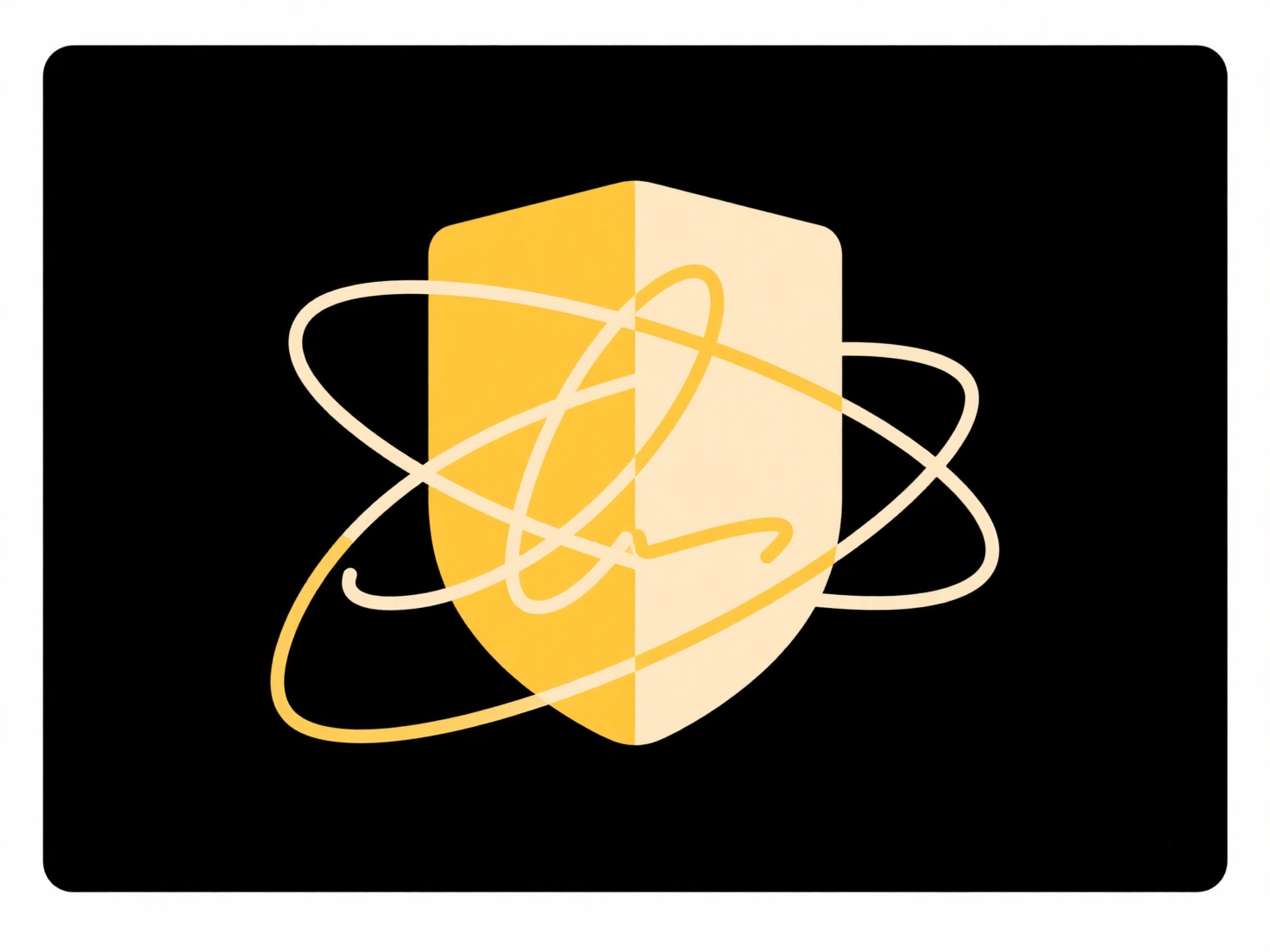
Lossless formats preserve all original data during compression and decompression, ensuring perfect reconstruction. This differs from lossy compression (like JPEG or MP3), which permanently discards select data to reduce file size. Lossless methods use algorithms identifying redundant information without quality sacrifice - ideal when data fidelity is non-negotiable. The compressed data contains sufficient detail to fully recreate the original input without degradation.

Common examples include ZIP for documents/files, PNG for graphics requiring transparency or sharp edges, and FLAC for high-fidelity audio archiving. Industries relying on exact data preservation, such as scientific research, legal documentation, medical imaging (using formats like DICOM in lossless mode), and software distribution, heavily utilize lossless formats. Tools like 7-Zip (ZIP) and media players supporting FLAC/WAV enable this.
The primary advantage is zero data loss, crucial for authenticity and precision-critical tasks. However, lossless files are significantly larger than lossy equivalents, increasing storage and bandwidth needs. They are mandatory for archival, forensic analysis, or professional editing workflows where alterations must derive only from intentional actions. Future developments focus on more efficient lossless algorithms, improving compression ratios while maintaining fidelity.
What format ensures the least data loss?
Lossless formats preserve all original data during compression and decompression, ensuring perfect reconstruction. This differs from lossy compression (like JPEG or MP3), which permanently discards select data to reduce file size. Lossless methods use algorithms identifying redundant information without quality sacrifice - ideal when data fidelity is non-negotiable. The compressed data contains sufficient detail to fully recreate the original input without degradation.

Common examples include ZIP for documents/files, PNG for graphics requiring transparency or sharp edges, and FLAC for high-fidelity audio archiving. Industries relying on exact data preservation, such as scientific research, legal documentation, medical imaging (using formats like DICOM in lossless mode), and software distribution, heavily utilize lossless formats. Tools like 7-Zip (ZIP) and media players supporting FLAC/WAV enable this.
The primary advantage is zero data loss, crucial for authenticity and precision-critical tasks. However, lossless files are significantly larger than lossy equivalents, increasing storage and bandwidth needs. They are mandatory for archival, forensic analysis, or professional editing workflows where alterations must derive only from intentional actions. Future developments focus on more efficient lossless algorithms, improving compression ratios while maintaining fidelity.
Quick Article Links
How do I change the default save location?
Changing the default save location allows you to specify where your computer or specific applications automatically stor...
Can I set reminders to review file structures?
File structure review reminders help you systematically check the organization of your files and folders on a computer o...
How do I set up templates for repeatable folder structures?
Templates for repeatable folder structures let you define a consistent file organization framework once and reuse it eas...